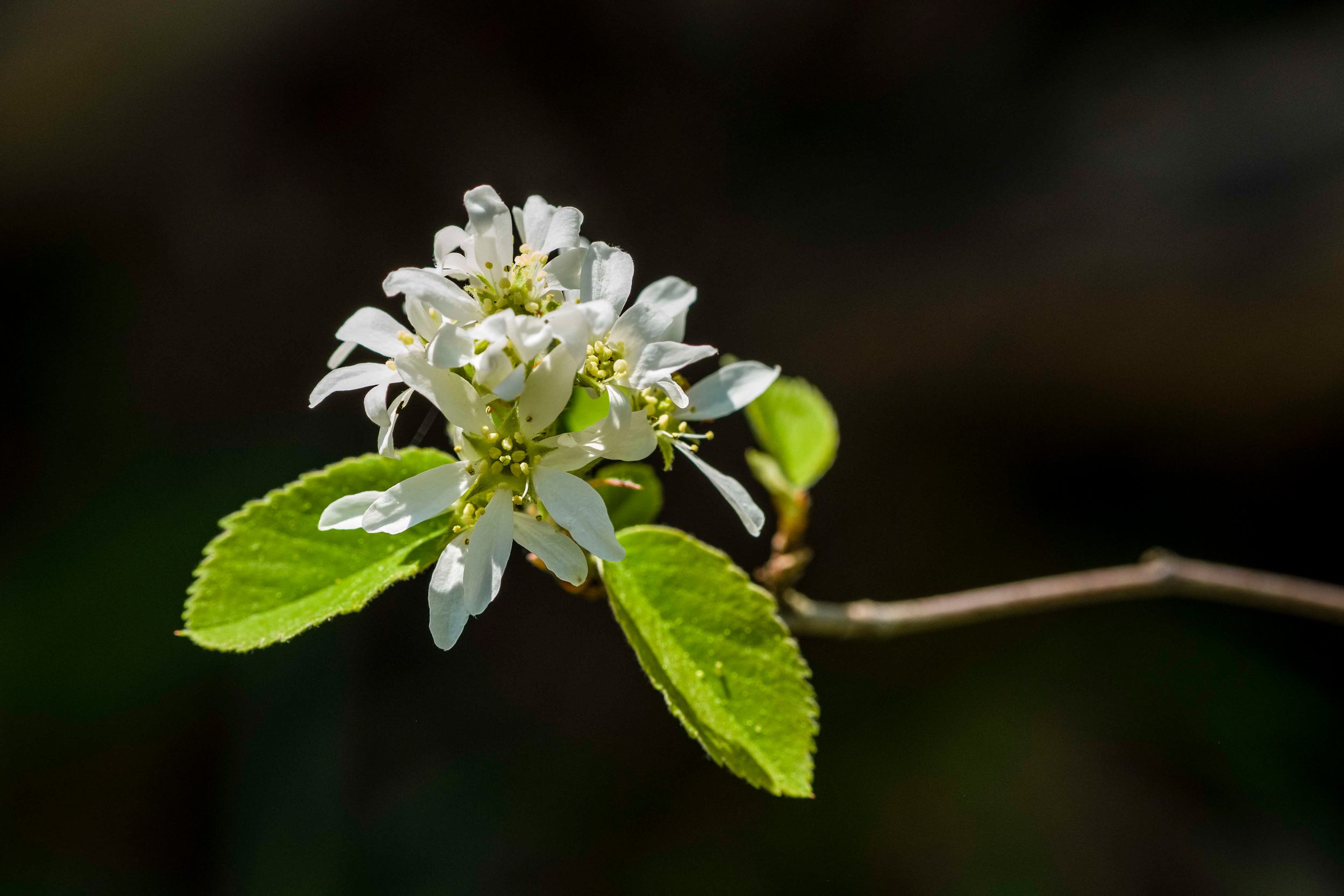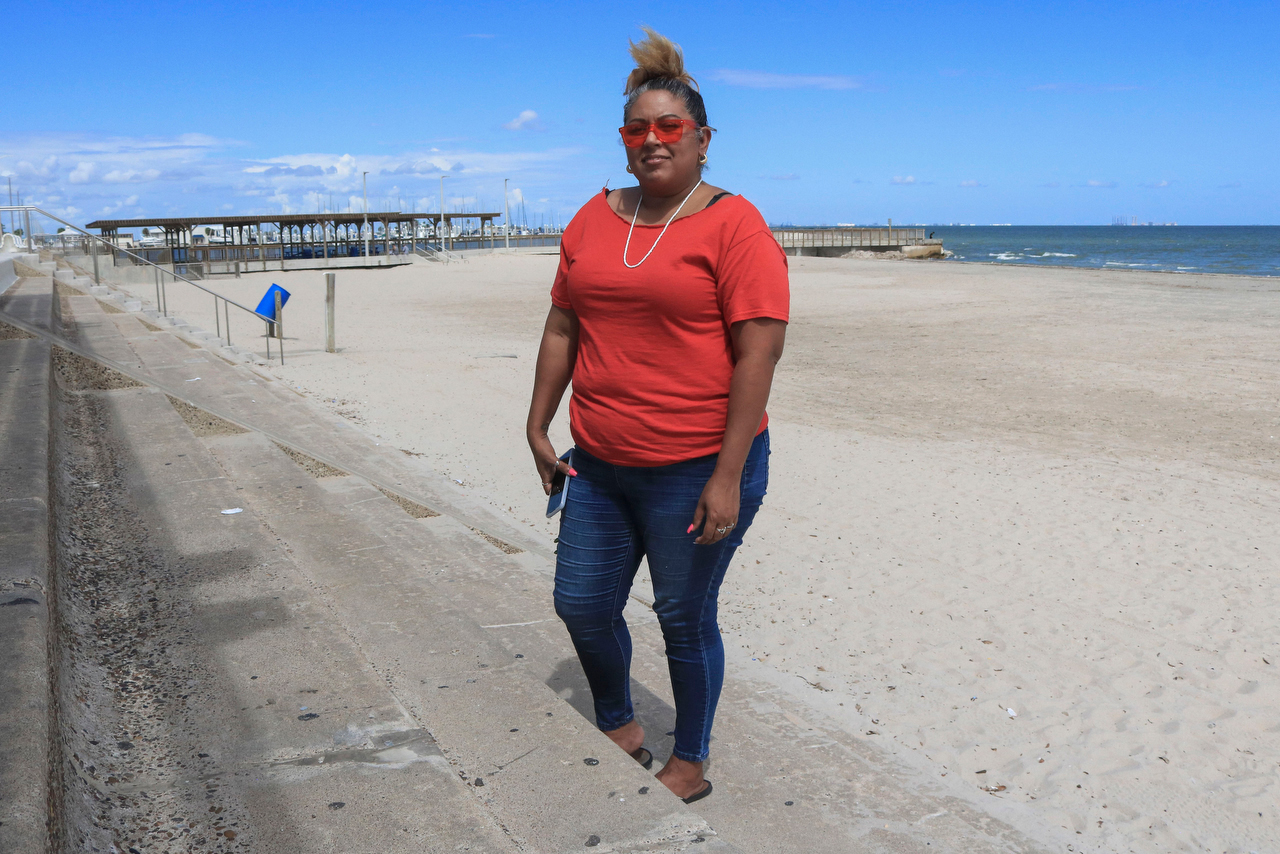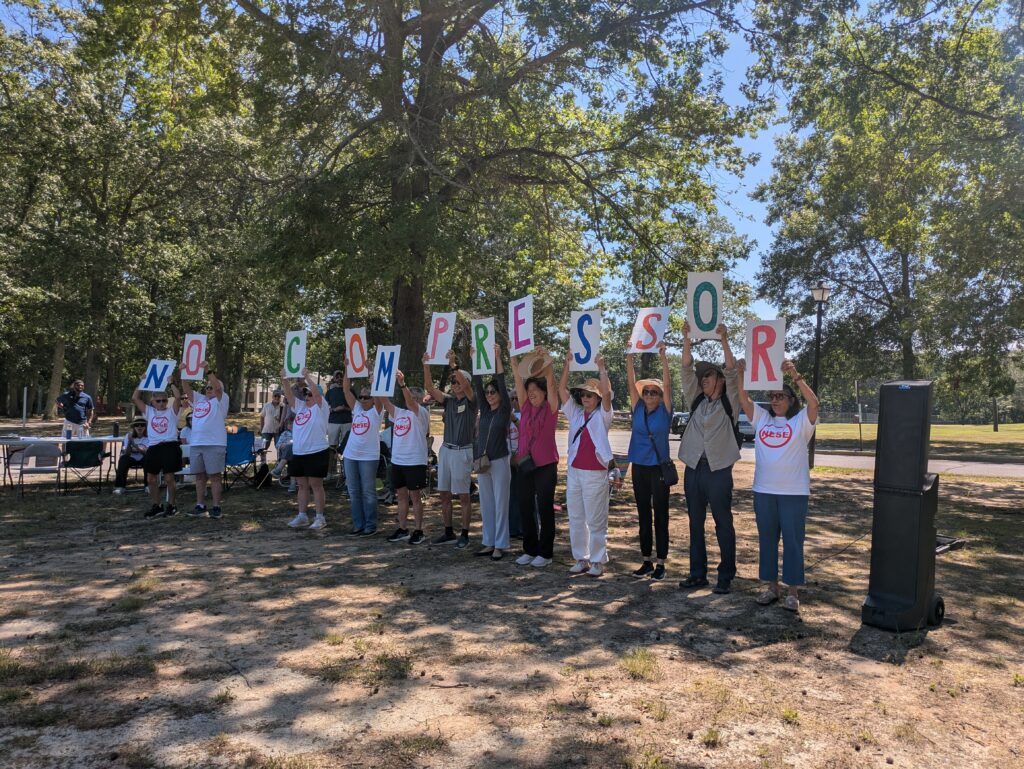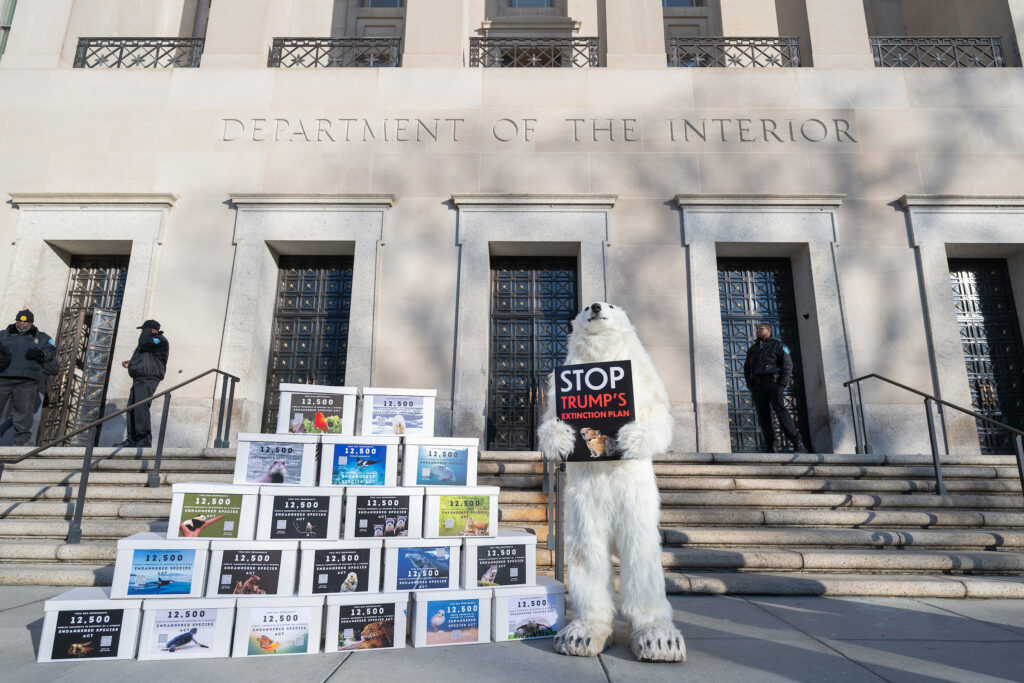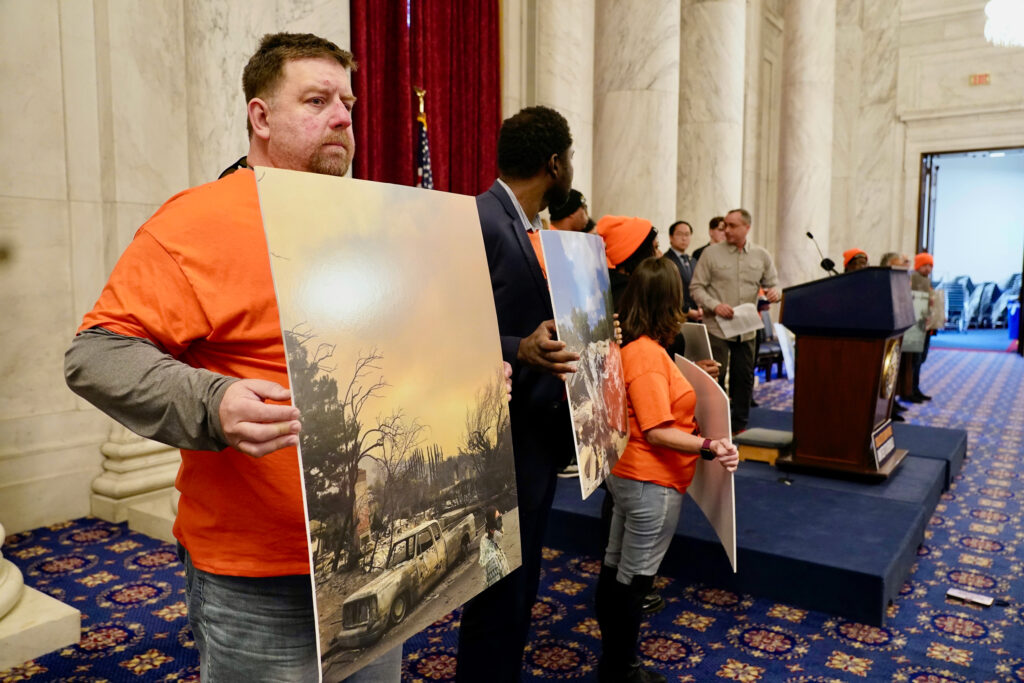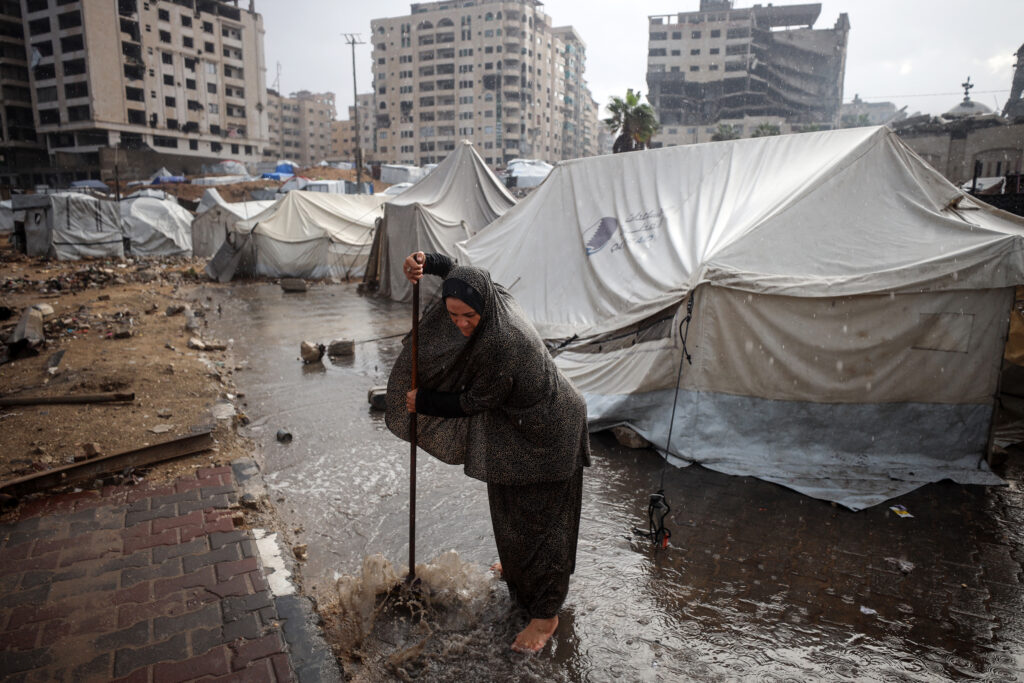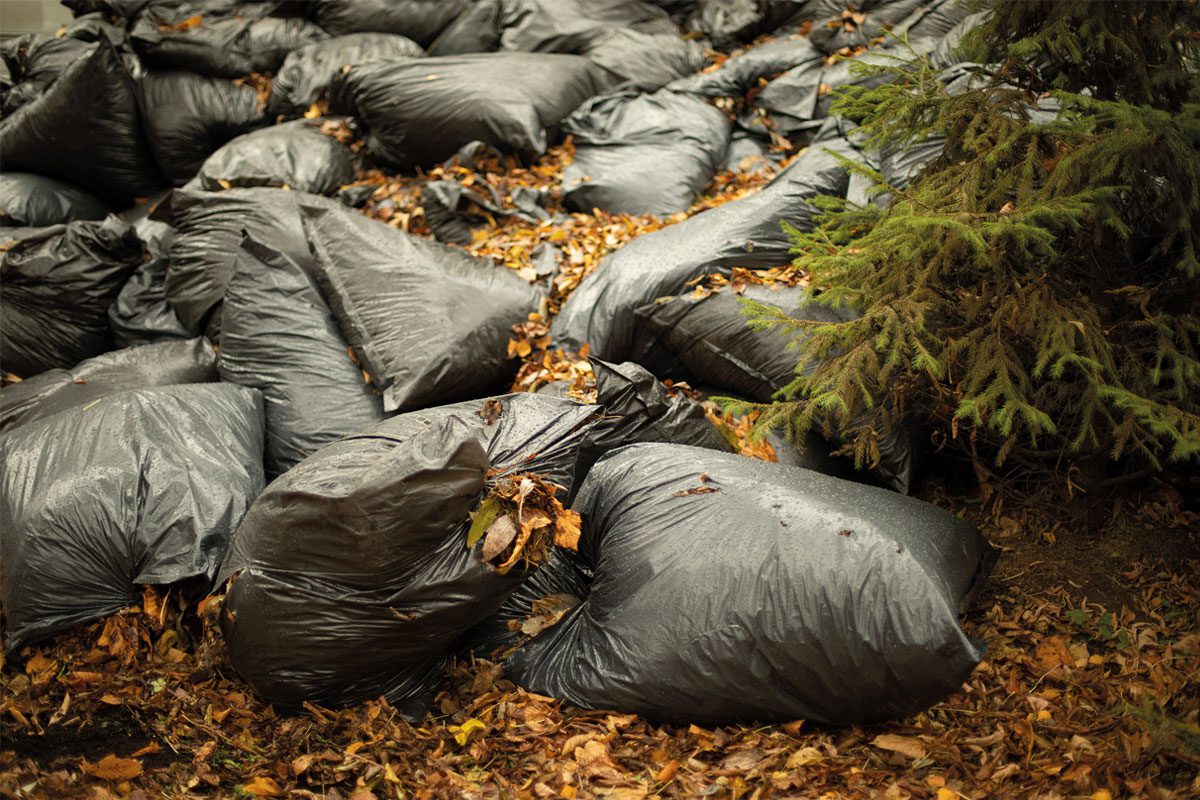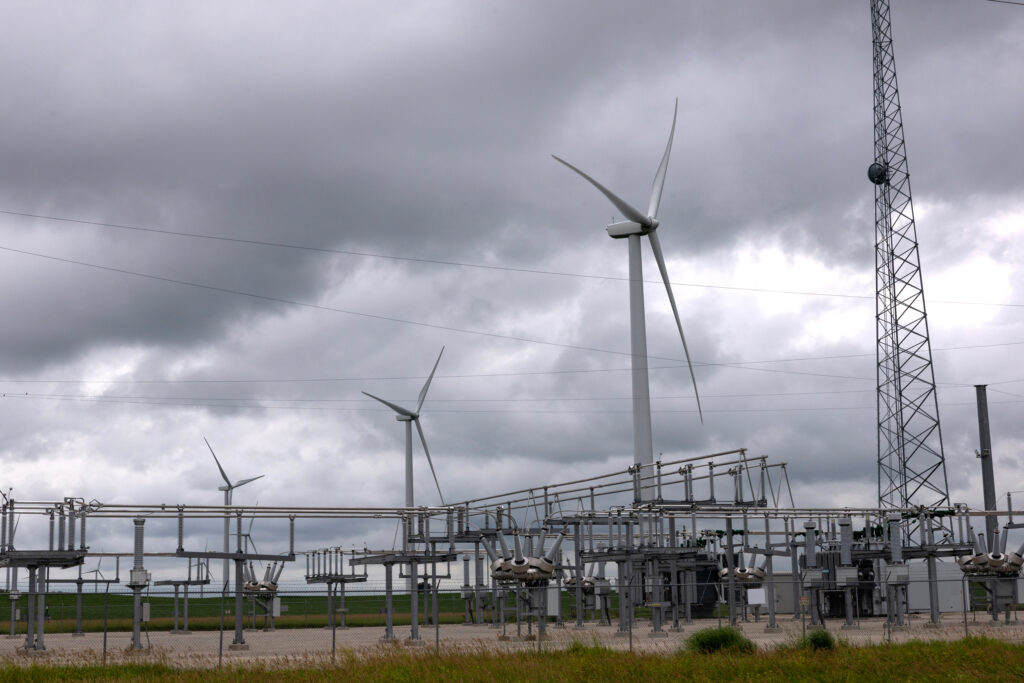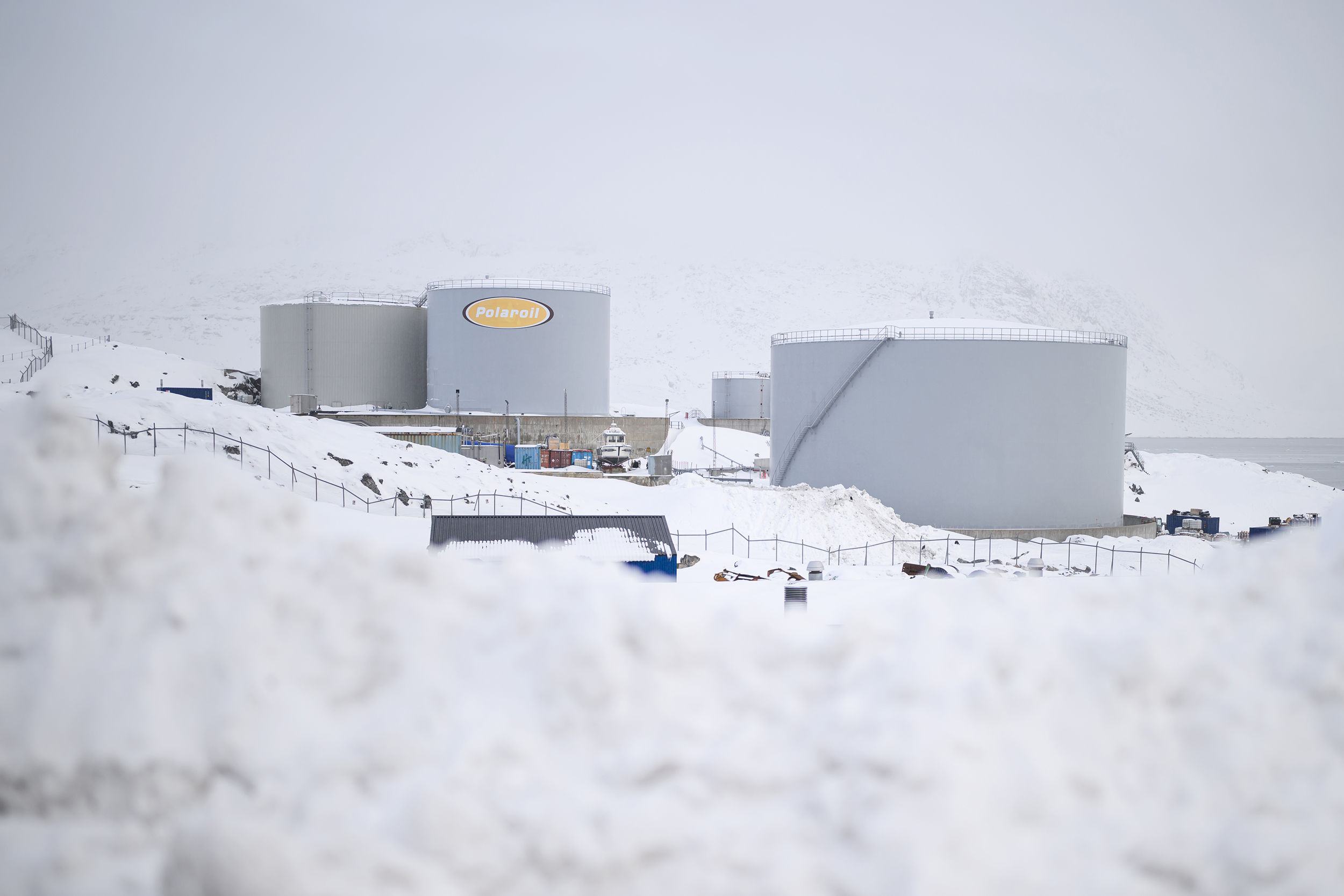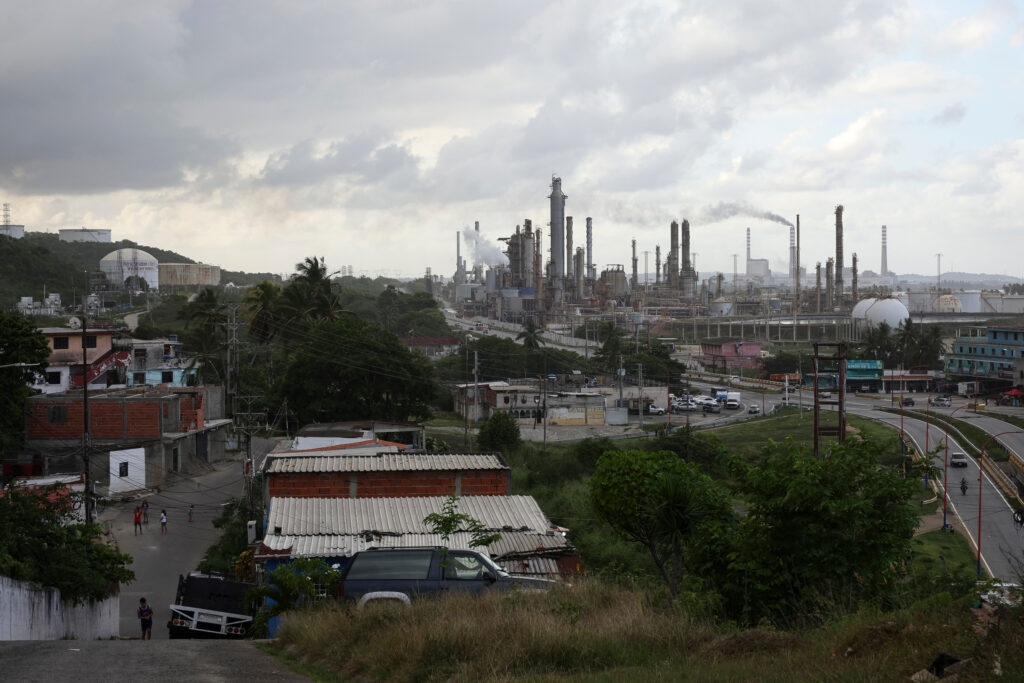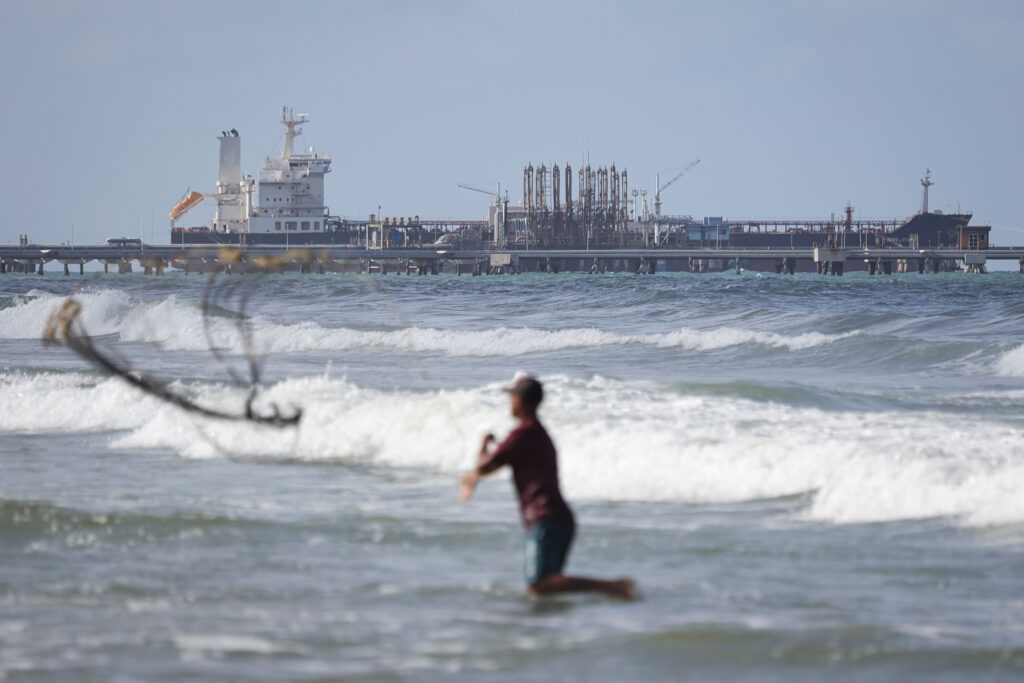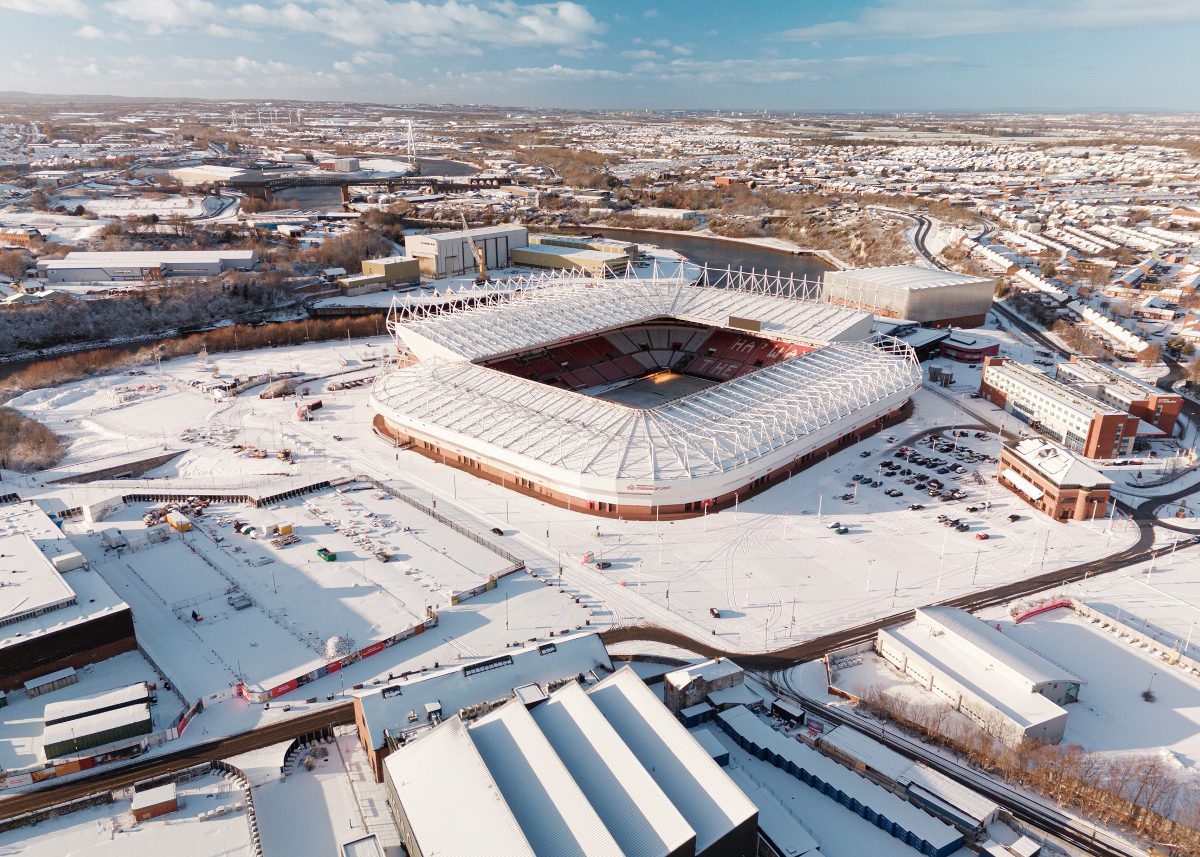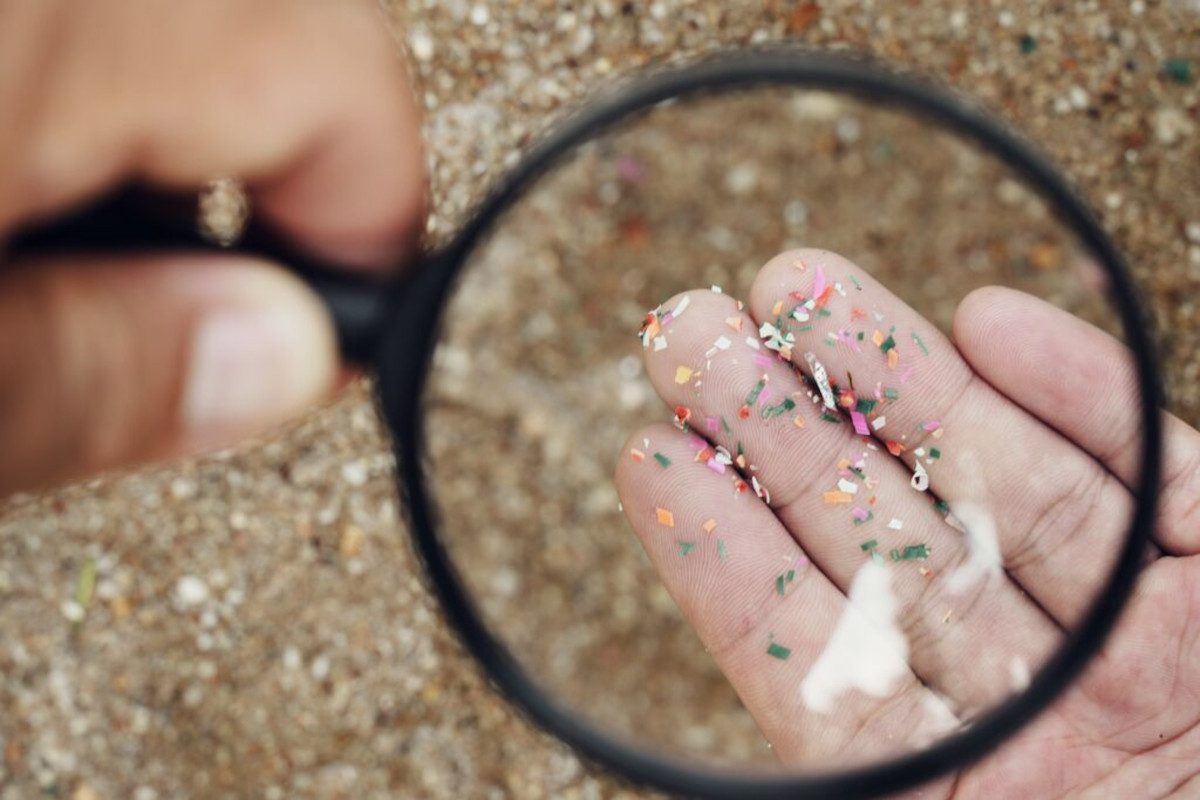CHICAGO—Cheryl Johnson was watching the news during the worst heat wave in her city’s history when she learned that a man she’d known since she was a child had been found dead on the steps of a church downtown.
She’ll never forget the moment. Her friend—who she knew by his nickname DD—was in his 40s, about a decade older than her. They grew up together in the community where Johnson still lives today: Altgeld Gardens, a public housing project on Chicago’s South Side. When he died in 1995, DD was unhoused.
“That was the most terrifying year in the city of Chicago,” said Johnson, 64, a leader in Chicago’s environmental justice movement. “The city didn’t know how to respond.”
This week marks 30 years since that heat wave, which killed 739 people in Chicago over five days. It remains one of the deadliest U.S. weather events in generations.
The 1995 heat wave was starkly unequal, disproportionately killing Black residents in poorer neighborhoods, especially elders, many of whom lived alone without air conditioning in brick buildings that trapped heat and baked like ovens.
Since the heat wave, researchers have dug into the social conditions that caused the devastation, finding that government mismanagement alongside racial segregation, chronic disinvestment and persistent social isolation all contributed to the excessive and unequal effects.
The disaster exposed “systemic neglect,” said Angela Tovar, Chicago’s chief sustainability officer, at a city event on Tuesday.
“It is a tragedy that revealed just how deadly the intersections of heat, housing insecurity, racial inequity and social isolation can be,” she said.

Over the past three decades, Chicago has beefed up its response to heat risks, creating an Office of Emergency Management and Communications to warn residents about the dangers of extreme weather including heat, opening cooling centers during hot weather, planting thousands of trees to help lower neighborhood temperatures, putting out public service announcements about the dangers of heat and passing legislation to boost interventions like air conditioning in residential buildings.
But some residents and advocates say these initiatives still barely scratch the surface of ongoing need and fail to address the systemic racism that caused so many Black Chicagoans to die.
Chicago faces enduring segregation and environmental racism that puts the communities hit hardest by the 1995 heat wave at continued risk of premature death. The city has one of the largest neighborhood and race-based life expectancy gaps in the nation. Climate change now brings an increased likelihood of future 1995-level heat events, while even routine summer nights are increasingly dangerous to at-risk residents’ health.
Today, only 30 percent of single-family buildings in Chicago have a central cooling system—a crucial intervention for preventable heat deaths. Nationwide, that figure is 76 percent.
“There hasn’t been any systemic changes,” said Lonette Sims, chair of the People’s Response Network, a grassroots group pushing for greater heat interventions. “That’s frustrating and it’s deadly.”
The city commemorated the heat wave’s anniversary by launching a new Heat Vulnerability Index developed by researchers from Northwestern University and community partners. The project—called Defusing Disasters—is a data-driven analysis outlining the disparate impacts of heat across the city, resulting from three years of work and community participation.
Help Prioritize Heat Efforts
Chicago residents: tell researchers and the city of Chicago what heat resources and interventions you want prioritized by filling out this quick survey here.
Those spearheading Defusing Disasters hope it will catalyze action that aligns with people’s needs. The team has put together 30 policy recommendations and asks Chicago residents to fill out a survey choosing their priorities, with suggestions ranging from building weatherization to worker heat protections, mobile cooling units and wellness checks for unhoused and vulnerable residents. The survey has drawn around 500 responses so far and is still open—officials say they’re hoping to receive more representative responses from across the city before closing it.
“During the 1995 heat wave, it became abundantly clear that environmental crises are never just about the weather. In fact, they are more about equity and access and justice,” Mayor Brandon Johnson said at the Tuesday anniversary event. “That is why my administration is investing in climate action that focuses on the people and neighborhoods that are most at risk.”


Raed Mansour, a member of the Defusing Disasters team and a former city official, hopes the survey effort will consolidate recommendations that residents have been making for years and present them to the city in an organized fashion.
In some ways, the results of the Heat Vulnerability Index reiterate what everyone in Chicago already knows: Heat still hits hardest in the majority Black and Latino neighborhoods on the South and Southwest sides of the city that are saddled with every other intersecting health crisis, from low life expectancy to high rates of pollution and chronic disease.
“I often think there’s only one map of Chicago,” said Daniel Horton, a Northwestern associate professor and lead researcher on the project. No matter what the maps track, they tell the same story of inequality.
In addition to resource disparities, certain Chicago neighborhoods literally experience more heat: a 2023 effort funded by the National Oceanic and Atmospheric Administration found a 22-degree difference between Archer Heights, on the Southwest Side, and Rogers Park, on the North Side. Less access to shade and green spaces in certain neighborhoods fuels the urban heat island effect that contributes to hotter temperatures.
“I’m all for good research, but the challenge at this moment is less about knowing where to send resources to provide protection and more about just providing the resources.”
— sociologist Eric Klinenberg
“We have known where those places are and who those people are for decades,” said sociologist Eric Klinenberg, who wrote “Heat Wave: A Social Autopsy of Disaster in Chicago,” about the 1995 heat wave. “I’m all for good research, but the challenge at this moment is less about knowing where to send resources to provide protection and more about just providing the resources.”
The city has made progress on cooling interventions, Klinenberg said, but has done little to solve these deeper problems.
“The city remains hyper-segregated,” he said. “It remains largely indifferent to the everyday and acute suffering of poor Black people in particular, but also of the more vulnerable, isolated elderly who you find in low-income neighborhoods.”
Dr. Howard Ehrman, a physician and co-founder of People’s Response Network, worked at Cook County Hospital in 1995. He experienced the devastation firsthand.
“We sat there totally helpless,” he said. “We were crying, literally, I mean seriously crying. … People would be put in the ambulance, maybe still alive … and they’d be dead by the time they got there.”
Ehrman said the only significant change he’s seen in the past three decades is rising temperatures due to climate change. While he said more data is always helpful, he fears the Heat Vulnerability Index project will continue to drag on without meaningful impact.
“Do we need to keep studying this?” Ehrman asked. “Going over the data and rehashing the data over and over again.”
Kaila Lariviere, manager of emergency management at Chicago’s Office of Emergency Management, emphasized technological improvements that allow for more effective public warnings about heat waves—like automated calls and notifications to people’s phones.
“We have more capabilities than ever before for public warning,” she said.
Other officials also emphasized existing initiatives to green vacant lots and plant trees in heat-vulnerable communities as well as hopes that the survey results will lead to policy tailored to community needs.
Chicago boasts more than 200 cooling areas, from libraries to senior centers and public park facilities. But during the most recent heat wave in June, police stations were the only overnight cooling option among them—a location that may not feel safe for many Black, brown or unhoused residents.
Ehrman and Sims’ People’s Response Network is among the many local groups calling for interventions like 24-hour cooling centers, heat warnings when the heat index hits 80 degrees instead of over 100, free air-conditioning units, check-ins in high-risk areas by building inspectors and social service workers, and sending air-conditioned public buses to at-risk neighborhoods and encampments of unhoused people during hot periods for immediate relief.
People’s Response Network and others have also called for structural changes: Enforcement of a state law banning electricity and gas shutoffs in hot weather. Public ownership of electricity, investments in renewable energy and more cooling infrastructure like decarbonized buildings. Green roofs and cool pavements to combat the urban heat island effect, which describes how cities experience significantly higher temperatures than their rural counterparts.
The structural disinvestment and environmental racism on the city’s South and West sides has been met by robust grassroots pushback from Black and brown residents, who for decades have spearheaded a strong environmental and climate justice movement in Chicago. Cheryl Johnson’s mother, Hazel Johnson, is widely lauded as the mother of environmental justice for her work calling out toxic pollution’s impact on communities of color on Chicago’s South Side.


Johnson now carries on her mother’s legacy as executive director of People for Community Recovery. The group is among those advocating for the cumulative impacts of pollution to be taken into account when industrial projects are up for approval, it participated in NOAA’s Heat Watch project and it also trains community members on addressing chronic illnesses like diabetes that contribute to lowered life expectancy and higher vulnerability to heat.
“Today, nobody should be dying from any kind of heat-related or cold-related incidents,” Johnson said. “We’re better than that as a country.”
Meanwhile, heat risks continue to grow nationwide. Deaths from high temperatures are chronically undercounted, but heat is still the leading weather-related killer in the U.S. and can exacerbate many pre-existing conditions, including cardiovascular disease.
In a recent three-year period, the city counted more than 1,000 heat-related hospitalizations. But notably, this year, the Cook County Medical Examiner’s Office has tallied only one heat-related death so far, a 82-year-old white man who died of heart disease and heat stress on June 26 in Norwood Park, days after the city’s emergency heat wave warnings had ended. The National Weather Service recorded a high temperature of 94 degrees that day.
“None of This Is by Accident”
In 2011, a decade and a half after the city’s historic heat wave, Willie Jones lost his aunt in circumstances similar to the 1995 event.
Daisy Davis, 87, lived alone in an apartment in Englewood, a neighborhood on the South Side that is about 90 percent Black and was also hit hard by the 1995 heat.
On July 21, 2011, she was found on the floor of her apartment during a scorching hot day. Her family called an ambulance and paramedics tried to revive her, but she died of heart disease and heat stress, one of at least seven killed by that heat wave in Chicago.
Jones remembers Davis as one of his favorite aunts. His father’s sister, she was born in 1923 in Memphis, Tennessee, and moved north to Chicago during the Great Migration, alongside hundreds of thousands of Black Southerners coming to the city to escape Jim Crow laws and seek opportunities for work.
But in Chicago, Black residents faced racist housing practices like restrictive covenants and redlining, which created or cemented segregated neighborhoods and wealth disparities that endure today. Englewood, where Davis died, was one of those neighborhoods.
In 2019, researchers found that Englewood residents had a life expectancy 30 years shorter than their counterparts in the ritzy downtown neighborhood of Streeterville, just nine miles away.
Chicago is sometimes called the birthplace of redlining because the racist practice of denying loans and insurance to Black residents, which was institutionalized nationally by the Home Owners’ Loan Corp. and the Federal Housing Administration in the 1930s, was partly formulated by local real estate agents, appraisers and researchers from Chicago universities.
“None of this is by accident,” Jones, 73, said of the legacies of redlining. “All of it is by design.”
This story is funded by readers like you.
Our nonprofit newsroom provides award-winning climate coverage free of charge and advertising. We rely on donations from readers like you to keep going. Please donate now to support our work.
Donate Now
Shirley Moses, 83, who lived in Chicago’s Chatham neighborhood in 1995, remembers watching in disbelief as the death toll climbed. She’d moved to Chicago from southern Louisiana, where she was used to heat, and had never imagined it could kill.
“As the numbers kept growing and growing, I remember feeling such anxiety,” Moses said.
Since then, she has seen a palpable change in the weather, both in Chicago and in her hometown. The heat in Louisiana these days is “pressing,” she said.
The Trump administration’s cuts to the federal Low Income Home Energy Assistance Program, which helps people pay their energy bills, along with reversals of incentives for renewable energy infrastructure and an end to federal support of environmental justice could slow Chicago’s efforts to decarbonize and boost its climate resilience.
Moses worries that the country is not doing enough to get ready for increased risks, especially in the current political climate.
“I see climate change,” she said. “What are we doing to prepare for this that we know is coming?”
About This Story
Perhaps you noticed: This story, like all the news we publish, is free to read. That’s because Inside Climate News is a 501c3 nonprofit organization. We do not charge a subscription fee, lock our news behind a paywall, or clutter our website with ads. We make our news on climate and the environment freely available to you and anyone who wants it.
That’s not all. We also share our news for free with scores of other media organizations around the country. Many of them can’t afford to do environmental journalism of their own. We’ve built bureaus from coast to coast to report local stories, collaborate with local newsrooms and co-publish articles so that this vital work is shared as widely as possible.
Two of us launched ICN in 2007. Six years later we earned a Pulitzer Prize for National Reporting, and now we run the oldest and largest dedicated climate newsroom in the nation. We tell the story in all its complexity. We hold polluters accountable. We expose environmental injustice. We debunk misinformation. We scrutinize solutions and inspire action.
Donations from readers like you fund every aspect of what we do. If you don’t already, will you support our ongoing work, our reporting on the biggest crisis facing our planet, and help us reach even more readers in more places?
Please take a moment to make a tax-deductible donation. Every one of them makes a difference.
Thank you,




